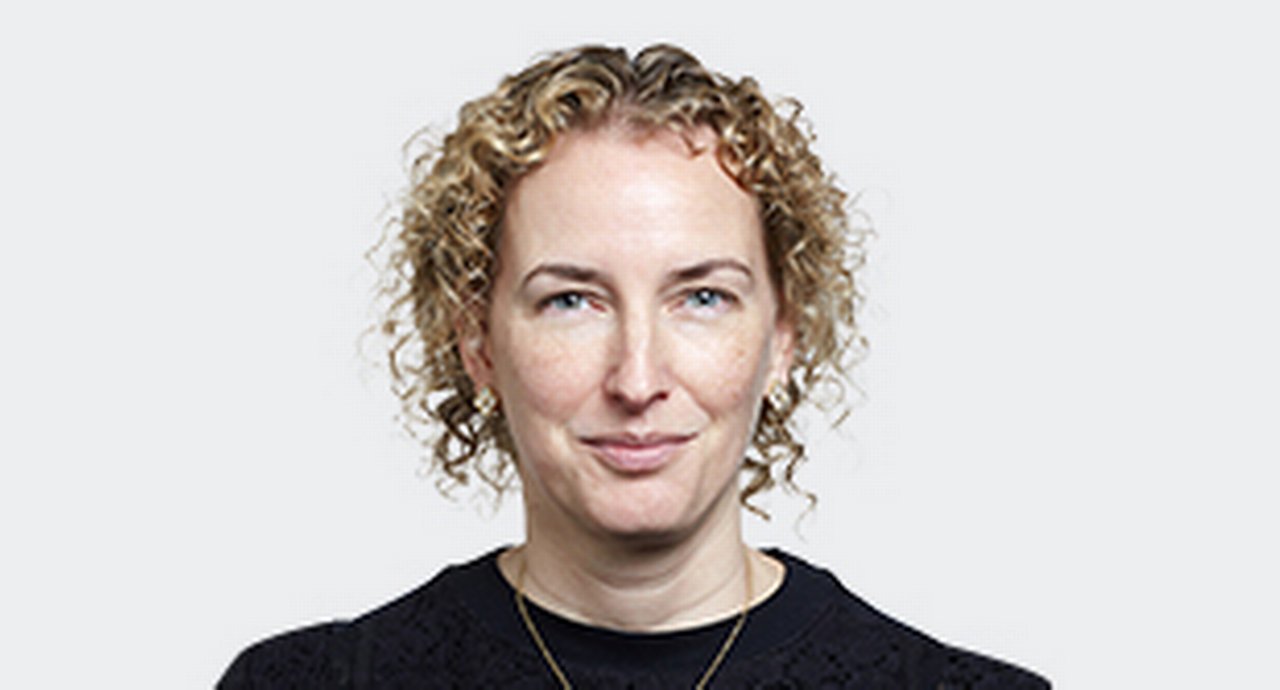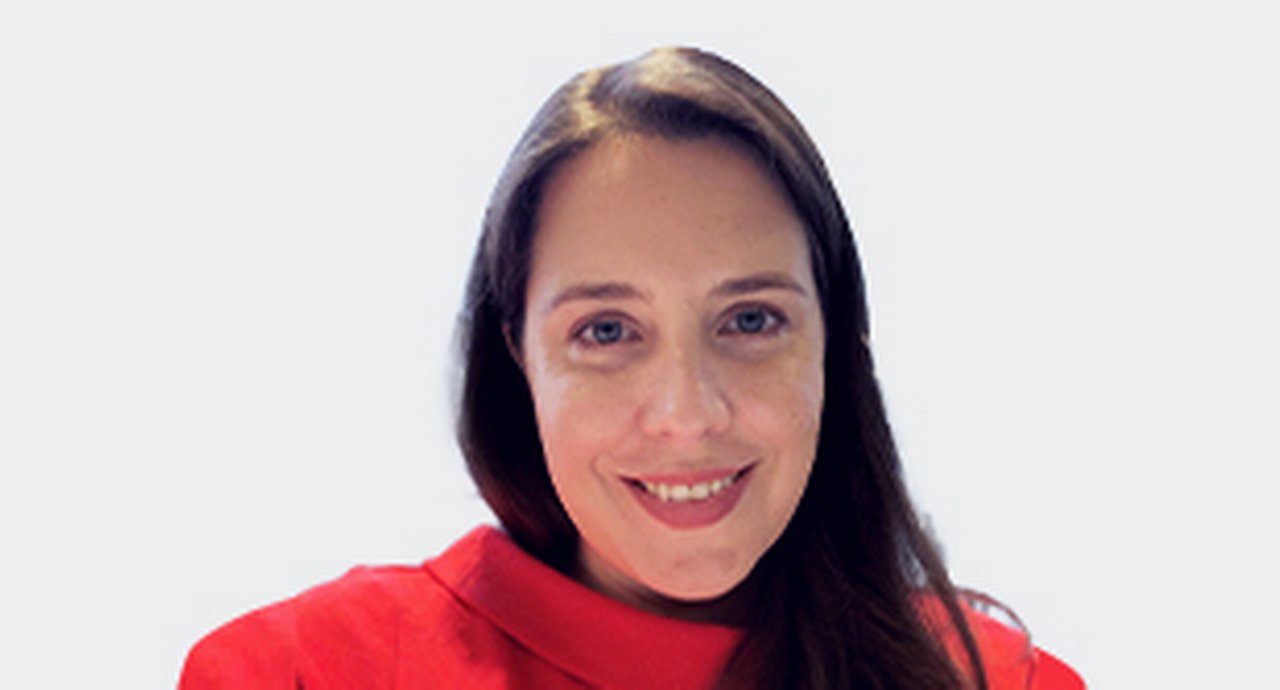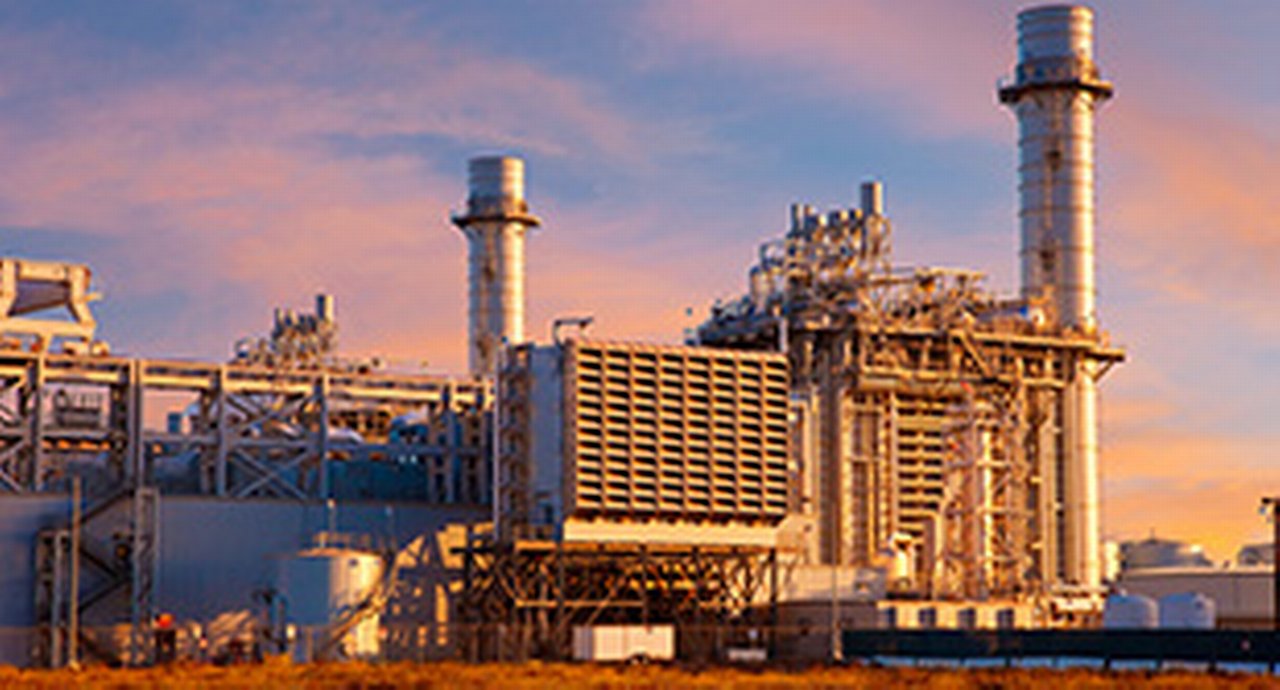21 March 2022
Finance for critical ESG-aligned infrastructure is underway but the journey has only just begun. In an interview, Deutsche Bank’s Claire Coustar, Emily Kreps and Thalia Delahayes share insights on how carbon pricing, the focus on natural capital and regulation are shaping project finance
MINUTES min read
Climate action pledges have been encouraging, but what do you think we will see in 2022 that moves the ESG “talk” to “walk”?
Thalia Delahayes: One of the most significant trends to watch is the adoption of net-zero transition. More than 130 countries have now committed to reaching net-zero emissions by 2050 and the number of corporates making net-zero pledges has increased dramatically. According to the Science Based Targets Initiative, more than 1,000 companies globally have to date set targets that are aligned with the goal of limiting any rise in global warming to a maximum of 1.5℃.1 Managing that transition will become essential for corporates and financial institutions in 2022.2 Net zero needs to be more than an abstract objective. Climate action must start now.
Emily Kreps: Deutsche Bank has made its own commitment to be net zero by 2050, and we are evaluated based on the emissions of the clients that we finance. That means we need to work with clients on their target setting and transition plans, and then ultimately be a capital and financial services provider that helps them meet those goals.
Would you agree that the COP26 Summit in Glasgow was a turning point for the financial community?
Claire Coustar: Having attended COP26 in person, it was abundantly clear to me that there was a far higher degree of engagement with the financial community than in previous summits. Rather than just focusing on what not to finance or invest in, there is a move away from exclusion-based investment strategies and towards a more engaged approach, where investors and banks are looking to influence decision making and support clients in their transition from “brown” activities to “green” ones. This engagement is not only focused on the energy transition but also takes in wider nature-based solutions with issues, such as biodiversity taken into account, as well as the carbon credit system.
"There is a need for standardisation and targets need to be uniform around the world, so the playing field is level. However, one size does not fit all"
Emily Kreps: I would add that the dialogue between developed and developing countries at COP26 was significant. Of course, there is a need for standardisation and targets need to be uniform around the world, so the playing field is level. However, one size does not fit all. None of us wants to see economic destruction in those emerging economies, and they need different timelines for their transitions. On 31 January 2022, Deutsche Bank signed a memorandum of understanding with the Development Guarantee Group to tackle the climate finance gap for developing countries with climate mitigation and adaptation projects.3
How would you describe the scale of ESG debt issuance that is now taking place?
Claire Coustar: In 2021, the volume of green social and sustainable bond issuance roughly doubled, from US$500bn to US$1t. Approximately 45% of that was in the sovereign supranational and agency space. We saw very large issuances in the social bond space, because of Covid-19. But we also saw multiple countries executing their inaugural green benchmark bonds, one of which was the UK; led by Deutsche Bank. That had a final closed book of GBP10bn, but the order book was 10 times that amount, which gives you some idea of the scale of demand.
The other thing that we noted in 2021 was a rise in corporate sustainable issuance, particularly in the high-yield space. This is a continuation of a theme that we originally saw taking place in Europe in the loan space. More and more corporates are looking to demonstrate credibility around their ESG ambitions with targets and KPIs. There are now US$130t of assets across banks and asset managers that are committed to net zero.4
What are the regional nuances?
Emily Kreps: We are a European universal bank, which means that in our home market we have seen a lot of regulation coming in, in terms of what is considered green. We anticipate that this will extend into transition finance as well. We don’t yet have similar standards in the Americas, but I think there will be harmonisation in time.
Claire Coustar: We have seen growth in the securitisation market, particularly in the U.S. For example, we have completed a number of transactions with electric vehicle (EV) automobile manufacturers, as well as continued issuances in the residential solar space. We are also seeing increased focus on sustainability in emerging markets. Hungary is going out with a green benchmark bond5, as is Egypt6. Meanwhile, there are several other sovereigns looking at sustainable issuance, linking both green and social factors. This is a trend we expect to grow through 2022 and beyond, given the scale of private capital that needs to be mobilised to support green infrastructure in emerging markets.

EV automobile manufacturers are tapping the securitisation market
How are infrastructure and project finance players driving this ESG push through both new technologies and green financing?
Claire Coustar: Classic green infrastructure – wind and solar – continue to grow in developed markets. For example, we completed a US$1.6bn financing of a solar and battery storage facility last year, acting as sole book runner and administrative agent. That is expected to become the largest integrated solar storage facility in North America.7 In addition to that first generation of green infrastructure, we are now seeing new technologies and business models around carbon capture and storage, long-dated batteries, green hydrogen, waste and water management and the circular economy. Finally, last year we spent a lot of time looking at how data centres can become more energy efficient, executing the largest sustainability-linked transaction for a data centre anywhere in the world.
"Energy efficiency is becoming increasingly important, not only to meet carbon neutrality targets but also because of rising prices"
Thalia Delahayes: Energy efficiency is becoming increasingly important, not only to meet carbon neutrality targets but also because of rising prices. As such, Deutsche Bank participated in the landmark 50-year P3 deal for Georgetown University. That transaction will help the campus meet its sustainability goals, which include lowering energy usage by 35% and achieving carbon neutrality by 2030.
Emily Kreps: I would add that we are also starting to see an increased focus on natural capital. Smaller projects are coming to market where there is a ‘green versus grey infrastructure’ comparison, using ecosystem services as a valuation metric to help decide what type of infrastructure is most suitable for the environment in which it needs to be built.
How else has Deutsche Bank been supporting energy transition?
Thalia Delahayes: We have seen some interesting examples of how the momentum of energy transition can bring investors together from around the world. For example, last year we worked on a debt financing for three Finnish wind farms being developed by Luxcara last year. The Deutsche Bank Trust and Agency Services team acted as financing intercreditor and security agent in a deal involving lenders from both Germany and Canada. Once operational, the project will power more than 140,000 Finnish homes.
Claire Coustar: Another important transaction for us last year involved Continuum, a platform provider of renewable energy in India. We were able to launch a green financing for Continuum, which was combined with a green hedge to mitigate the currency risk that existed through their offtake contracts, versus the hard currency dollar they were raising in the markets. That was a packaged offering that enabled Continuum to access long-dated hard currency despite having a mismatch in their revenue flows. It was also the first transaction that we are aware of that obtained a third-party SPO (Sustainable Principles and Objectives framework) confirming the sustainability of the hedge.
This is an interesting transaction to highlight because there are a lot of situations where you have long-dated cashflows which don’t necessarily match the currency that is most efficient for raising financing. These tools are important in allowing companies access to financing while obtaining a deal-contingent hedge ahead of financial close, so that the sponsor can lock in that cross-currency price and mitigate rates risk.
"Another area where we expect to see growth [is] offering warehouse financing lines in the aggregation phase of the lending, ahead of tapping the capital markets"
Separately, we also closed an infrastructure CLO (collateral loan obligation) for Starwood last year, which was collateralised against the first lien of project finance loans. That is another area where we expect to see growth – offering warehouse financing lines in the aggregation phase of the lending, ahead of tapping the capital markets.
What role does Deutsche Bank’s Corporate Trust team play in supporting its sustainable finance offerings?
Thalia Delahayes: Our Trust and Agency Services team partners with the Deutsche Bank structuring teams on certain transactions, but also acts as a third-party provider. Last year, we provided trust and agency services on new projects for over 2,200MW of solar, 1,600MW of storage and nearly 2,000MW of wind. We have also serviced corporates issuing sustainability-linked debt and infrastructure green bonds. Overall, it has been phenomenally busy!
Looking beyond 2022 – what is your perspective on the future shape of ESG regulatory and market frameworks?
Claire Coustar: I think carbon is going to become an increasingly important theme, including a focus on carbon pricing and how that pricing can be factored into everything that a corporate does, from investment decision making to trade agreements. Companies that cannot produce in a green way will be able to use carbon offsets and carbon credits to maintain competitiveness. Finally, I think we will see a framework evolve around the voluntary carbon markets, providing credibility through contracts.
Thalia Delahayes: I think everyone from investors to corporates and regulatory bodies will be focusing on climate risk mitigation. It has become very important. On 21st March, the SEC has published a proposal regarding mandatory climate risk disclosures for publicly traded companies. This means that the US has now also entered the global arena of climate-related disclosures to provide more consistency, comparability and reliability of climate-related information.
Emily Kreps: I think we will also see an increased demand for impact assessment. The focus will extend beyond carbon emissions to also include what is happening in the soft commodities supply chain. The pandemic has highlighted the destructive impact of supply-chain disruption; I think supply-chain resiliency planning will become increasingly important, including mitigation planning for the frequent extreme weather events driven by environmental change.
This interview was first published in the Annual Review of Infrastructure Investor, March 2022
Sources
1 See https://bit.ly/3wgncke at sciencebasedtargets.org
2 See Eight ESG trends to watch in 2022 at flow.db.com
3 See https://bit.ly/3u3fWWi at db.com
4 See https://reut.rs/3KVqbCK at reuters.com
5 See https://bit.ly/3wjPUAS at bbj.hu
6 See https://bit.ly/3ifO0c7 at renewablesnow.com
7 See Terra-Gen LLC chooses Deutsche Bank for US solar-plus-storage project at corporates.db.com

Claire Coustar
Global Head of ESG and sustainable finance, fixed income and currencies at Deutsche Bank

Emily Kreps
Head of ESG, Americas, Deutsche Bank

Thalia Delahayes
Head of project finance agency, Americas, Deutsche Bank
Sustainable finance solutions Explore more
Find out more about our Sustainable finance solutions
Stay up-to-date with
Sign-up flow newsbites
Choose your preferred banking topics and we will send you updated emails based on your selection
Sign-up Sign-upSubscribe Subscribe to our magazine
flow magazine is published annually and can be read online and delivered to your door in print
You might be interested in
Sustainable finance, Cash management, Trade finance and lending
Eight ESG trends to watch in 2022 Eight ESG trends to watch in 2022
As new ESG regulations and reporting regimes come into force, navigating the transition becomes key; but greenflation could undermine the best of intentions. What are the most important sustainability trends corporates need to watch? flow’s Desirée Buchholz reports
Sustainable finance, Trade finance and lending
Towards 2050: the case for gas Towards 2050: the case for gas
The COP26 summit saw governments commit to achieving Net Zero by 2050, but this will prove “incredibly difficult to achieve”, a recent Deutsche Bank Research report concludes. flow’s Clarissa Dann examines why its analysts believe that although the world’s appetite for coal and oil must be cut, gas plays a vital role in keeping the lights on
TRUST AND AGENCY SERVICES
Infrastructure and the global sustainability charge Infrastructure and the global sustainability charge
Joe Biden’s Build Back Better and the EU’s Green Deal pave the way for a revolution in sustainable infrastructure investing, say Deutsche Bank’s Dominik Thumfart and Jeremy Eisman



